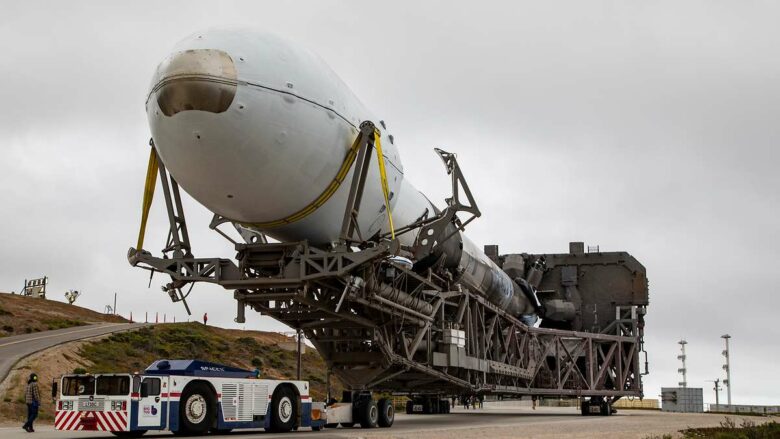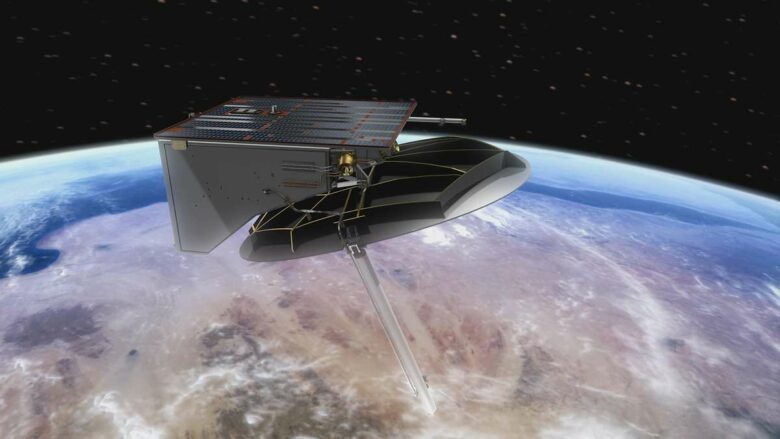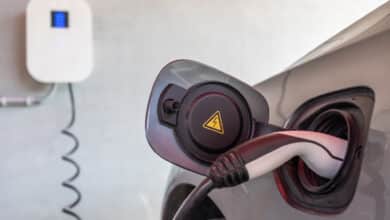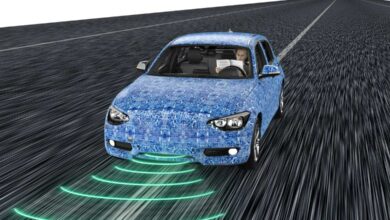
Sarah-1, the German Army’s first spy satellite, has found its way into orbit. Launched into space with the support of the aerospace company SpaceX, the missile is designed to help the German Army reconnoiter unknown terrain. Following the successful launch, more satellites are expected to follow soon.
All good things come in threes
Sarah-1 is only the Bundeswehr’s first prank, however. Indeed, the satellite launched into space on June 18 is to be followed by two more, according to the German Armed Forces. In the absence of its own rockets, the Bundeswehr had to call on prominent help for the launch of Sarah-1. SpaceX, the aerospace company owned by Tesla CEO and tech icon Elon Musk, helped the Bundeswehr send its reconnaissance satellite into space. The company relied on the already familiar Falcon-9 rocket, which is ideally suited for transporting satellites.

The satellite, launched from California, is packed with state-of-the-art radar technology. This will be used to scan areas in detail. While U.S. help was relied upon for the launch, the satellite technology itself comes from Europe. Sarah-1 was designed and built by the French company Airbus Defense and Space. A look at the previous technology shows that the time was ripe for an update. For the last 16 years, a satellite based on SAR technology provided reconnaissance from space.
A technical quantum leap
The images, which will be sent by Sarah-1 to two command centers of the German Armed Forces, among others, are likely to represent a quantum leap compared to the old Lupen constellation that circled in orbit. For example, the Bundeswehr says the new system will be able to capture high-resolution images of objects as small as 50 cm, despite its great distance from Earth.

This is said to be the case even in low-light conditions and bad weather. Since so much technology also requires a corresponding amount of energy, the reconnaissance satellite has plenty of batteries. These are charged with the help of solar cells on the satellite’s surface. The satellite then sends its recorded images to the Bundeswehr using an array antenna.
Even better images with more satellites
With the help of the two reconnaissance satellites that are to follow Sarah-1, the Bundeswehr primarily wants to ensure even better image quality. It should not be long before the trio is complete in orbit. According to the Bundeswehr, Sarah-2 and 3 are to be launched into space before the end of the year. The combination of state-of-the-art IT technology and reflector antennas on satellites 2 and 3 will eventually even produce a 2D map of the Earth. This will provide an overview and, in particular, help in the early detection of trouble spots. Because of the importance of such important data, the Sarah satellites, which are to have a service life of at least ten years, are not only to be used by the German armed forces. The Federal Intelligence Service (BND) is also to have access to the mapping in the performance of its intelligence tasks.



